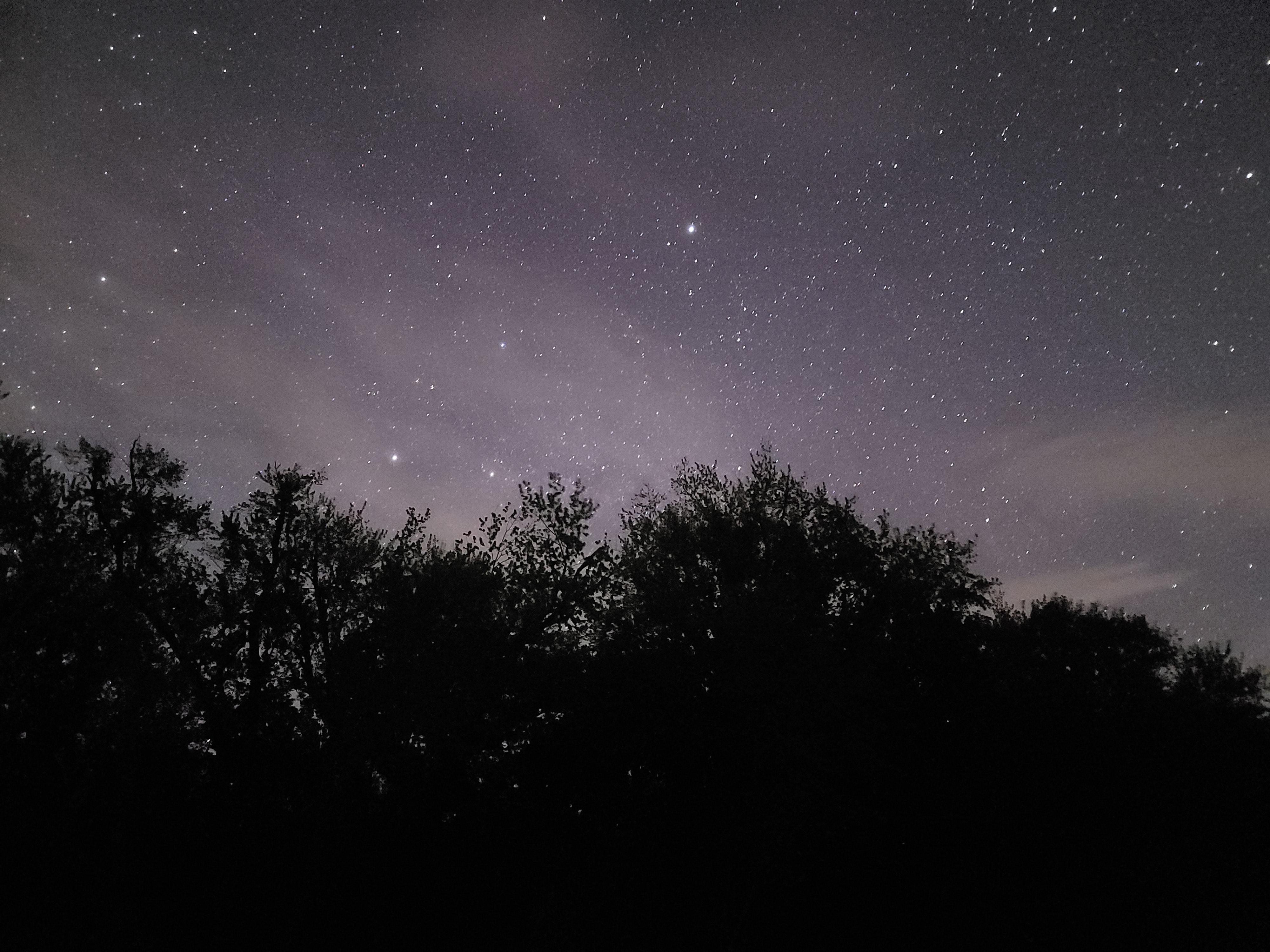Novae have been observed for centuries in the night sky, unveiling just how dynamic our Universe can be. Our recent observations have revealed rapid and energetic bursts of light lasting tens of hours or less from some accreting white dwarfs. Although yet to be established, the mechanism triggering these events may be similar to novae, but one million times less energetic: a micronova.
Views 10850
Reading time 3 min
published on Jul 24, 2023
The Transiting Exoplanet Survey Satellite (TESS) operating since 2018, monitors the brightness variations of hundreds of thousands of objects in the sky. Amongst the targets we monitor are a few hundred accreting white dwarfs. Three of these have revealed rapid and energetic bursts of light lasting less than a day. Having ruled out several mechanisms for these rapid events, we think the cause of these bursts are localised thermonuclear explosions on the surface of accreting white dwarfs, which we refer to as micronovae. Wait, what is a nova? And why micro?
The term nova (plural novae) translates from Latin, meaning new. The term has been used for centuries by astronomers to describe the appearance of new stars. Today we know the Universe is very dynamic: so-called new stars appear all the time for a wide variety of reasons. Probably the most famous of these transient events are Supernovae. These can take different forms. Both Supernovae Type-II and Type-Ib,c occur when massive stars (usually exceeding about 8 solar masses) reach end of life. The star has exhausted all of its internal fuel and abruptly collapses onto itself. The very energetic process releases radiation (as light) which we perceive as a “new star” appearing for weeks. Also well-known are Supernova Type-Ia: when the remnant of a lower mass star exceeds a critical mass. These are called white dwarfs and are the remnants of Sun-like stars which have shredded their envelopes revealing their inner hot and inert cores. If these white dwarfs grow (accrete) in mass and exceed a critical limit they will detonate and release energy in a bright explosion.
A somewhat lesser-known type are classical novae. These events occur in binary (double) star systems where a white dwarf pulls material from a companion star and accumulates this around its surface. Over time, the layer of fresh material (usually hydrogen) builds a thicker spherical shell around the white dwarf. It begins to exert higher and higher pressure onto the underlying white dwarf surface. As the pressure builds, so does the temperature, which in turn increases the rate of nuclear fusion reactions converting the freshly accreted hydrogen into helium. These reactions release energy (as heat) which is absorbed by the white dwarf, maintaining the reaction rate at bay. However, if the pressure and temperature at the interface are too high, the energy released by the nuclear reactions cannot be absorbed quickly enough, and a thermonuclear runaway event will commence. The nuclear reaction rate will keep increasing until all the fresh fuel has been exhausted. The energy is released in an explosion which can last a day or so, and where the “ashes” of the event fade on timescales of weeks to months. This process is expected to repeat in between tens to thousands of years, once a fresh layer has had time to build up again.
Micronovae are small explosions in comparison, but in many ways analogous to the thermonuclear runaways observed in classical novae. The main difference, we think, is that the explosions are localised to a small footprint area rather than engulfing the whole white dwarf surface. This can happen if the white dwarf possesses a strong enough magnetic field to funnel and contain the fresh material onto the magnetic poles (somewhat akin to the aurorae). This funnel allows the pressure and temperature of the material to reach the critically high values required to induce a runaway in a much shorter time, and with less material. Observations of micronovae with TESS have revealed that these rapid bursts of radiation are very short and release about a million times less energy than classical novae. Being so fast, they are difficult to catch in action, which is probably why we’ve missed so many in the past and were unable to identify and characterise them. Having now discovered these fast and peculiar events, we now want to know more about them. Is our initial interpretation correct? If so, how exactly does the magnetic field of the white dwarf allow material to remain confined at the poles? Why do some systems show micronovae and others do not? How many have we missed in the past? Their discovery has also reminded us of just how dynamic the sky is, a place where some objects brighten up and fade very, very quickly. The term nova is now taking different forms, but all still refer to the similar observations of “new stars” that astronomers have documented for centuries past.
Original Article:
Scaringi, S., Groot, P. J., Knigge, C., Bird, A. J., Breedt, E., Buckley, D. A. H., Cavecchi, Y., Degenaar, N. D., de Martino, D., Done, C., Fratta, M., Iłkiewicz, K., Koerding, E., Lasota, J.-P., Littlefield, C., Manara, C. F., O’Brien, M., Szkody, P., & Timmes, F. X. (2022). Localized thermonuclear bursts from accreting magnetic white dwarfs. Nature, 604(7906), 447–450. https://doi.org/10.1038/s41586-022-04495-6
 Earth & Space
Earth & Space



